Today we present the expansion and optimization of three activities to work on Theory of Mind (ToM) with children. Due to their high usage, seven more worksheets have been added to the activities What do they Think?, What do they Expect to Find? and What do they Believe other People Think?
In addition to adding new worksheets, we have also taken the opportunity to make improvements to the existing worksheets of these activities. Specifically, the following improvements have been made:
- Created unique characters and relationships among them,
- updated the child-friendly typography,
- easy-to-read principles have been followed:
- left-aligned text,
- one concept per line
- clear language.
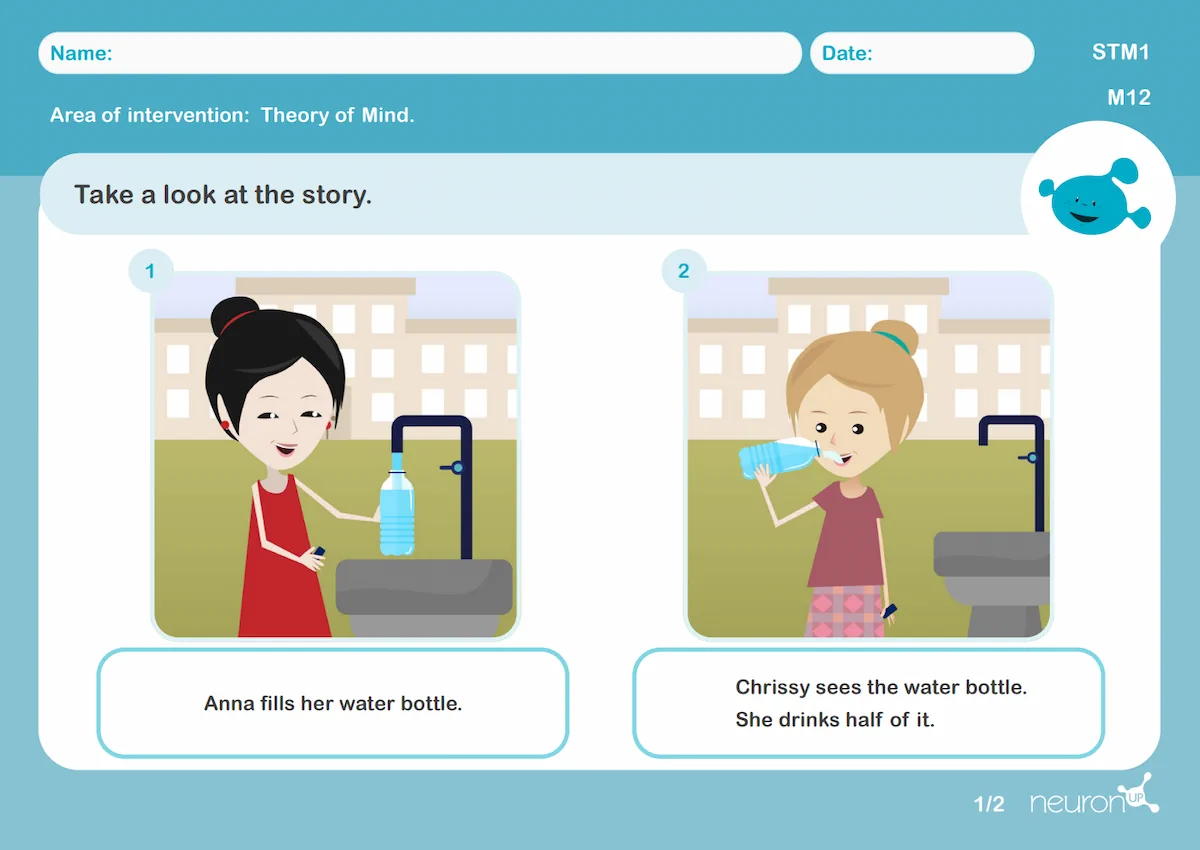
Activities to work on Theory of Mind with children with autism
These worksheets for working on Theory of Mind have been shown to be very useful for children with autism or difficulties understanding what others think. We added new situations so that children have more real-life cases to understand how everyday situations work and better understand other people’s minds.
Below, we explain what each of them involves:
1. What do they Think?
What does it involve?
It is an activity to work on the first-order false belief tasks. Take a look at this video to see how to work with it:
2. What do they Expect to Find?
What does it involve?
In this case, children work on unexpected content false belief tasks.

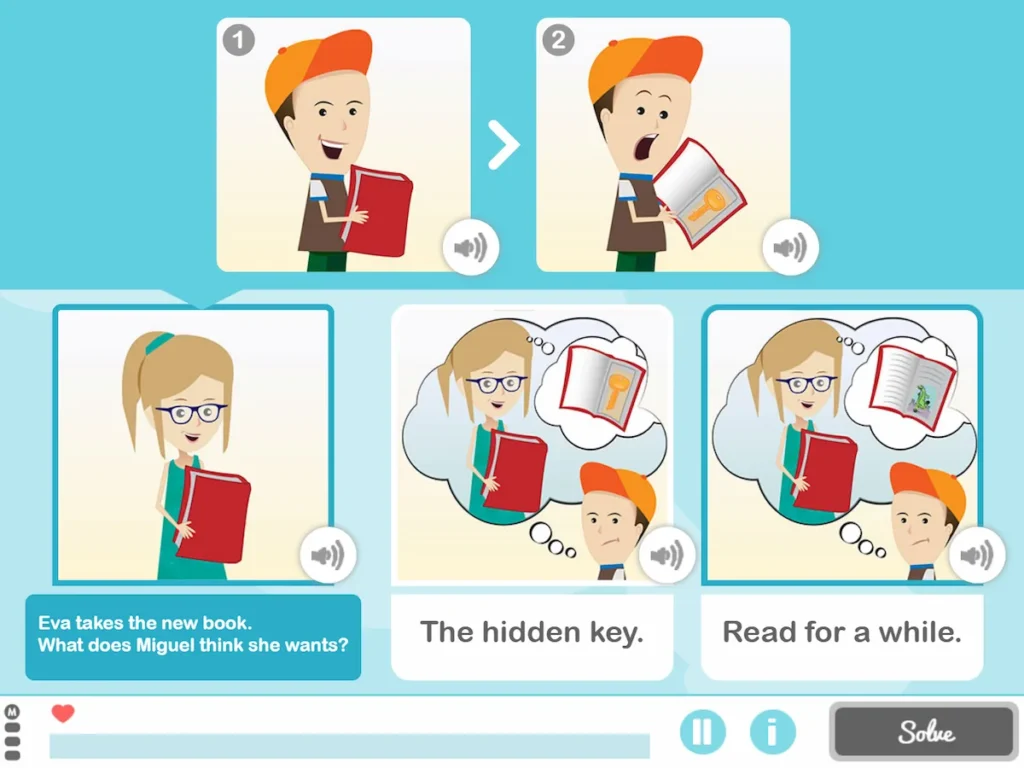
3. What do they Believe other People Think?
What does it involve?
It is a worksheet for second-order false belief tasks.
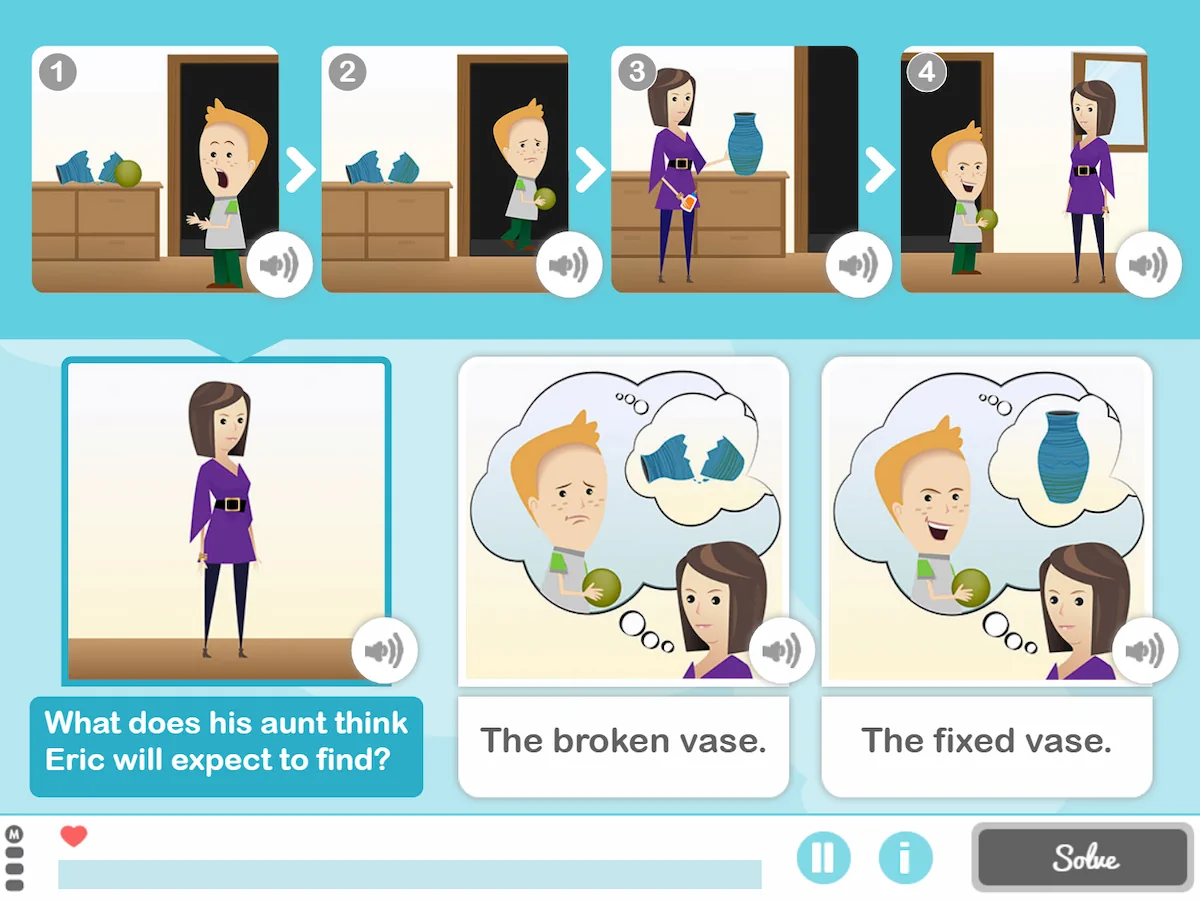
What do these three activities work on?
These worksheets work on the social cognition, specifically the Theory of Mind.
Languages
You can work with these activities digitally in Spanish, English, Portuguese and Catalan and on paper in Spanish and English.
If you don’t know how to change the language of the activities in NeuronUP, you can consult this article.
If you liked these activities to work on Theory of Mind with children, you might also be interested in these articles:
“This article has been translated. Link to the original article in Spanish:”
Actividades para trabajar la Teoría de la Mente con niños

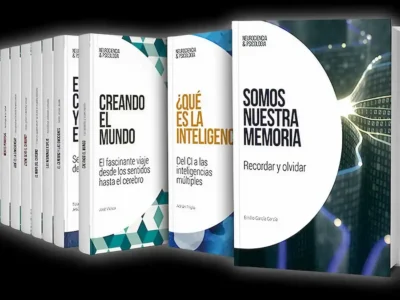
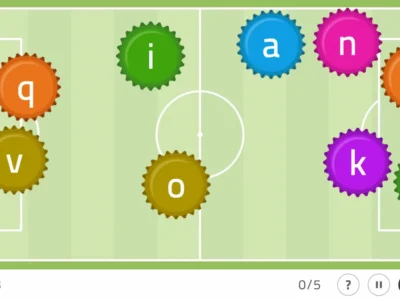

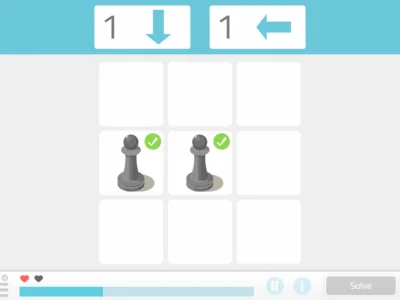


 How to Combat Unwanted Loneliness in Older Adults
How to Combat Unwanted Loneliness in Older Adults
Leave a Reply